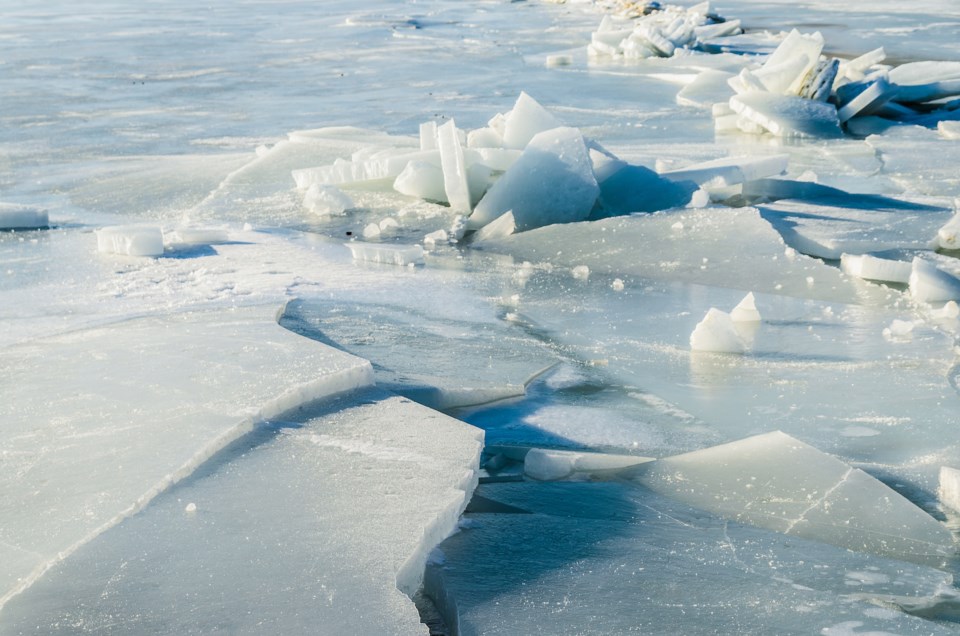NEWS RELEASE
U.S. COAST GUARD
*************************
Current ice conditions on the St. Marys River and throughout the Western Great Lakes are well below the seasonal average, however as temperatures continue to drop, ice is expected to form at a more rapid rate.
Recreational ice activities are inherently dangerous, as ice conditions are unpredictable. If you’re planning to participate in recreational ice activities, remember the acronym I.C.E. before you head out. (I.C.E. = Information, Clothing, and Equipment). Get the right information on weather and ice conditions before going out. Ice thickness is not consistent. Water currents, particularly around narrow spots, bridges, inlets and outlets are always suspect for thin ice.
Stay away from cracks, seams, pressure ridges, slushy areas and darker areas for these signify thinner ice. Know where you’re going, how to get there, and how to call for help; share this information with friends and family prior to departing. This information can be valuable to first responders in the case of an emergency.
Ensure you wear the proper clothing to prevent hypothermia and choose bright colors to be easily seen by others; dress for the water temperature, not the air temperature. It’s not uncommon for people to become disoriented while on the ice, especially in low visibility or deteriorating weather conditions.
Never venture onto the ice without proper safety equipment. Carry a whistle or noise-making device to alert people of distress; carry a waterproof VHF-FM radio or Personal Locator Beacon, to contact local emergency responders; cell phone signals are often unreliable in remote areas. Carry two ice picks or screwdrivers. If you fall through the ice, these instruments can aid in pulling yourself back onto solid ice. They are much more effective than hands alone, since there’s nothing to grip.
Significant risk of immersion hypothermia usually begins in water colder than 77°F. At below 77°F, the risk of immersion hypothermia in North America is nearly universal during most of the year; especially throughout the Great Lakes where temperatures usually remain below 77°F all year long.
A person immersed in cold water has about one minute to control his or her breathing against the gasping reflex (or cold shock response), about 10 minutes of functional movement and around one hour before losing consciousness.
Remember to stay away from shipping lanes, as ice is even more unstable and unpredictable in these areas.
For more information about cold water safety, recommended safety gear and tips for handling emergencies, visit the Cold Water Boot Camp website here. For inquiries contact LTJG Sean Murphy at (906) 635-3223 or [email protected].
*************************
